Well, it’s not because the Setouchi Triennale 2016 is over that it’s too late for a few more interviews of the artists that took part in it, is it?
Recently, Esther Stocker and I exchanged a few e-mails about it, and she kindly answered a few of my questions. Here they are:
Can you tell us a little bit about yourself?
I am an Italian artist living in Vienna, Austria. Recently someone asked me:
“Are you the artist doing the black and white stuff?”
I guess that describes it pretty well.
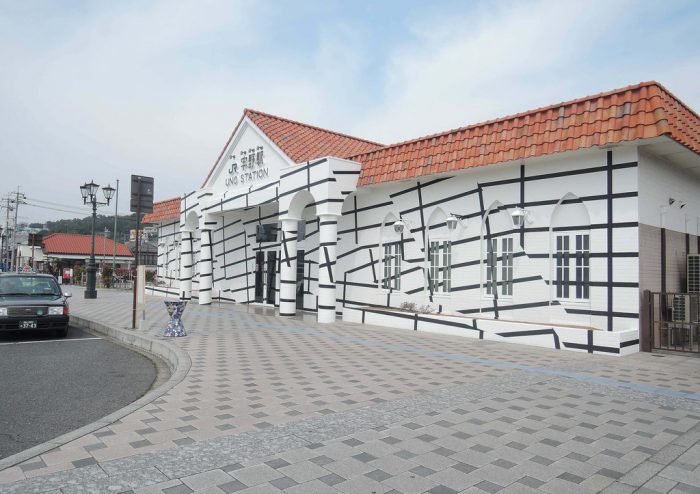
How did you hear about the Setouchi Triennale? And what made you want to take part in it?
I was contacted by the curators.
It is a truly exceptional project. Not just because of the beauty of the landscapes and the previous great artworks. Also because of its deeply humanistic and idealistic intentions.
I think one can see and experience that on many levels.
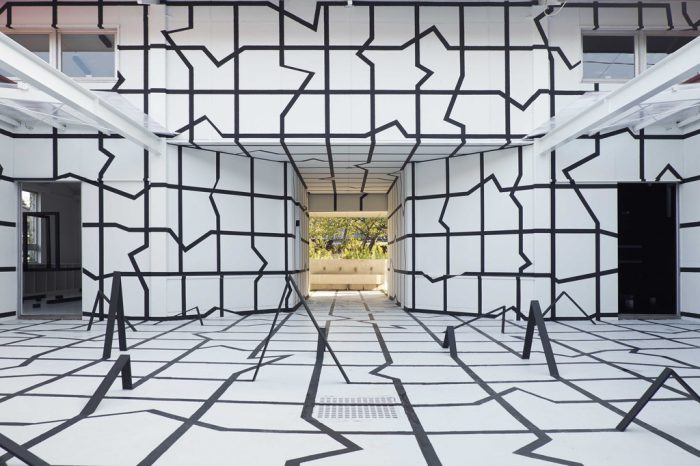
Did you get to choose the location where your artwork is shown? If yes, what guided your choice?
Yes, I chose between some options of buildings on Awashima, and the kindergarten was my favorite.
To be honest, it would just have been most wonderful to have another new kindergarten there. It made me sad at first to see that such a beautiful place is not active anymore.
On the other hand, perhaps it now has become a “kindergarten for adults”.
To explain my intention, perhaps it is what I did anyway (or what artists do in general): it is now a place for aesthetic experience and playfulness in that sense.I also did some designs for train stations – Uno Station, Bizentai, Hachihama and Tsunemya Stations.
Contours of Thinking on Awashima
What else can you tell us about your work for the Triennale?
About the train stations: I am very happy about that project because the works are really “in use”.
Being a train traveler myself, I simply love the idea of that experience of transition. It is always an aesthetic experience.
I tried to give each station a different character but of course they are all connected by the same theme.
In these works I want to emphasize the potential of simple geometric patterns and how they can transform the station into something new, unknown. It is the transformation of a very known object by minimal use of patterns on the surface that fascinates me.
I am very much interested in the aspect of fiction shown by simple geometry.
Also in the potential of our imagination.The same can be said about the kindergarten, I was looking for a structure where I could transform the inner architecture of the building into a structure for the mind.
In this sense the work is a Portrait of a Thinker, the lines of the center space are similar to how we measure things or give them rhythm.
There is truth in geometry and measurement of lines in space. But there is also truth in escaping from those lines, some thoughts wander off, lines escape, freedom takes place.
I believe we generally want to find and see things we did not expect or search for initially.
JR Uno Port Line Art Project
Thank you very much Esther for answering those questions and of course, for your art too.
On a personal note, I really liked Contours of Thinking, the kindergarten on Awashima, but you know me, I love artworks that you can enter, interact with and that “invade” public spaces. I think it was the best new piece on the island.
I have yet to see JR Uno Port Line Art Project (aka the train stations), but the pictures I saw were very interesting.
Note that the art in the train stations is permanent and always accessible. While I’ll confirm or not in March, it is my understanding that Contours of Thinking on Awashima is closed for the time being. However, I suspect that it will reopen on 2019, it really looked like a permanent artwork to me.
All the pictures were kindly provided by Ms Esther Stocker.
Photo credits: Esther Stocker portrait by PJ Robert, Tsuneyama Station by Shinpei Yokoyama. I assume that the other pictures are by Esther Stocker.
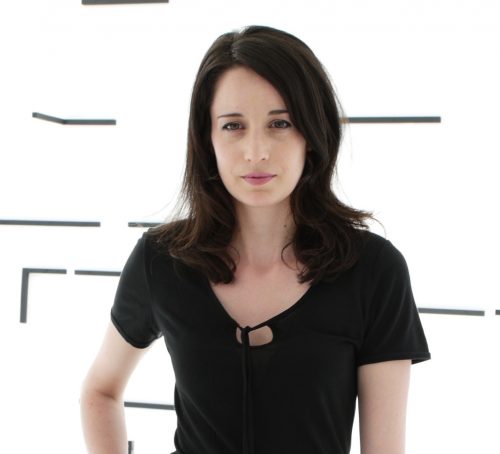
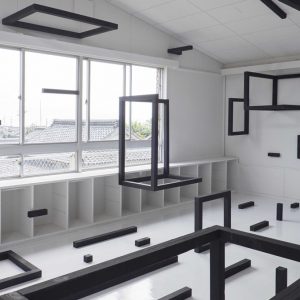
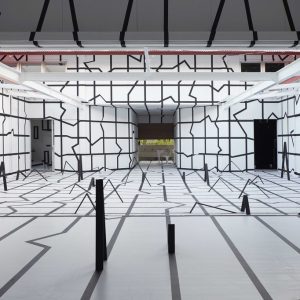
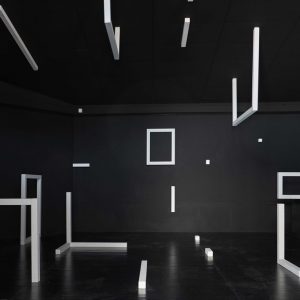
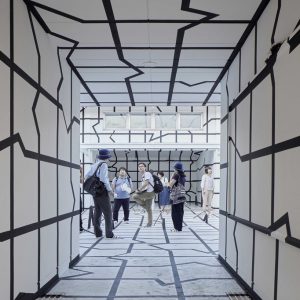
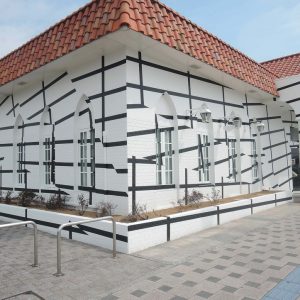
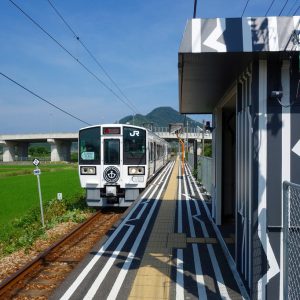
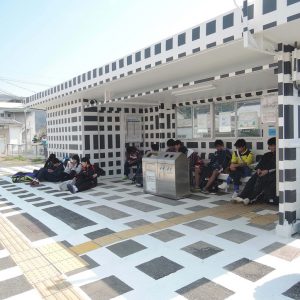
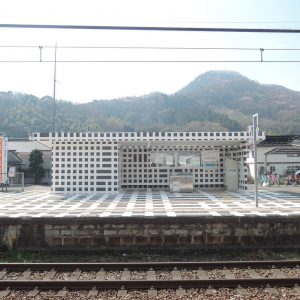
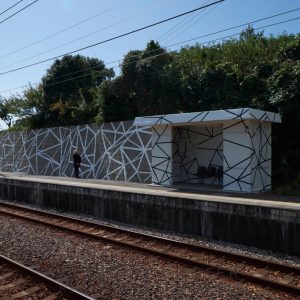
The Renaissance was born in Italy in the 14th century as an intellectual movement that spread through painting, sculpture and architecture, Name of the Renaissance means “rebirth” and it was reborn until the 19th century in France again as “enlightenment” progress. The artists wanted to break away from the medieval darkness age and it was mobilized individuality new creative powers. They expressed to the theory of forms, space, feeling and proportions. Characteristic features of their works was the color and balance of composition, harmony and perspective. This amazing stuff makes perspective kick up… indeed?
We missed all of Esther’s work, so I appreciate the interview and photos.
Thanks.
As I mentioned, the works on the train stations is probably permanent. Not sure at all concerning the one on Awashima.
Very impressed by the tone of the interview; very simple questions and satisfying answers with a tinge of humor and introspection.
Thanks.